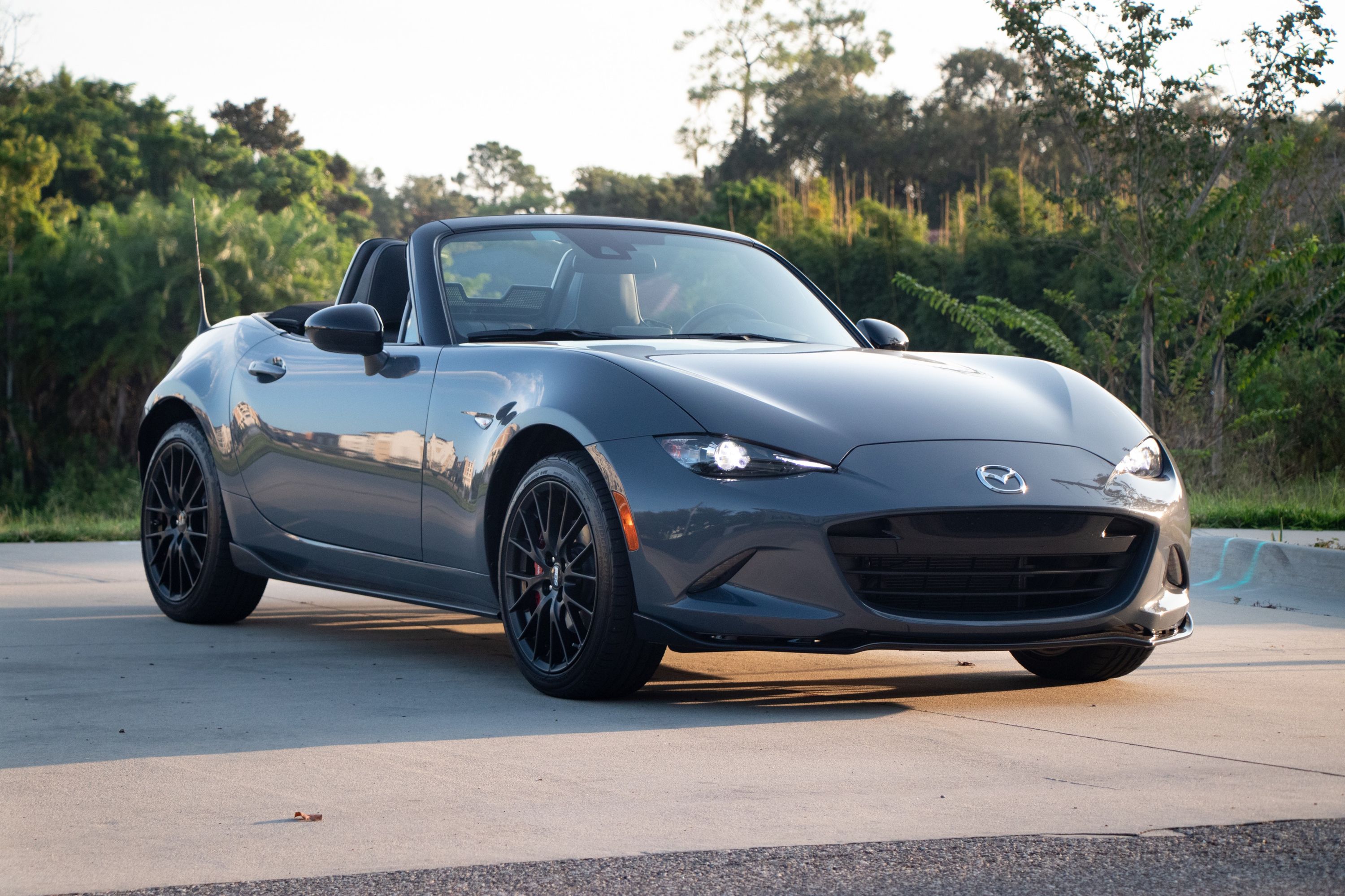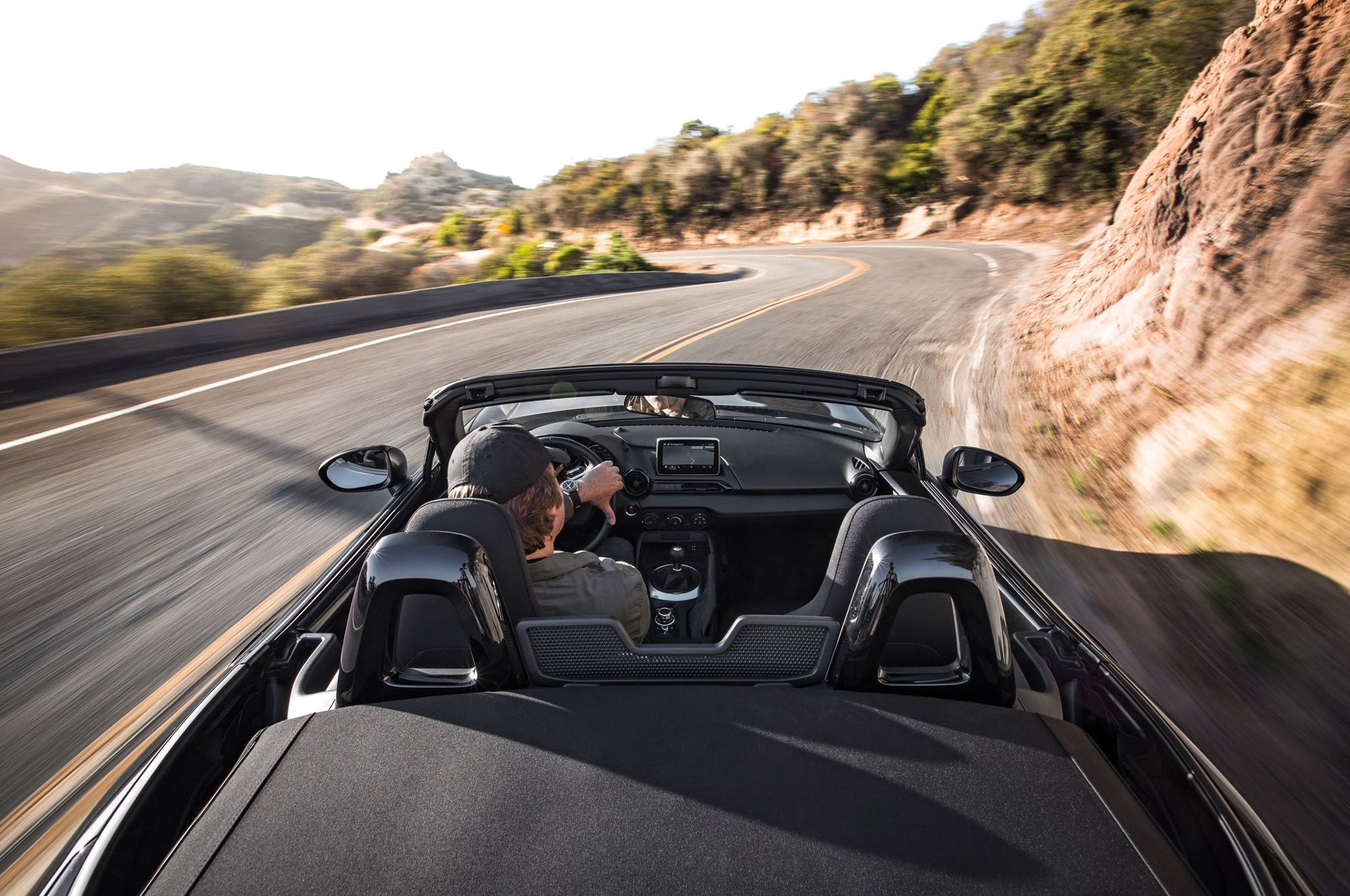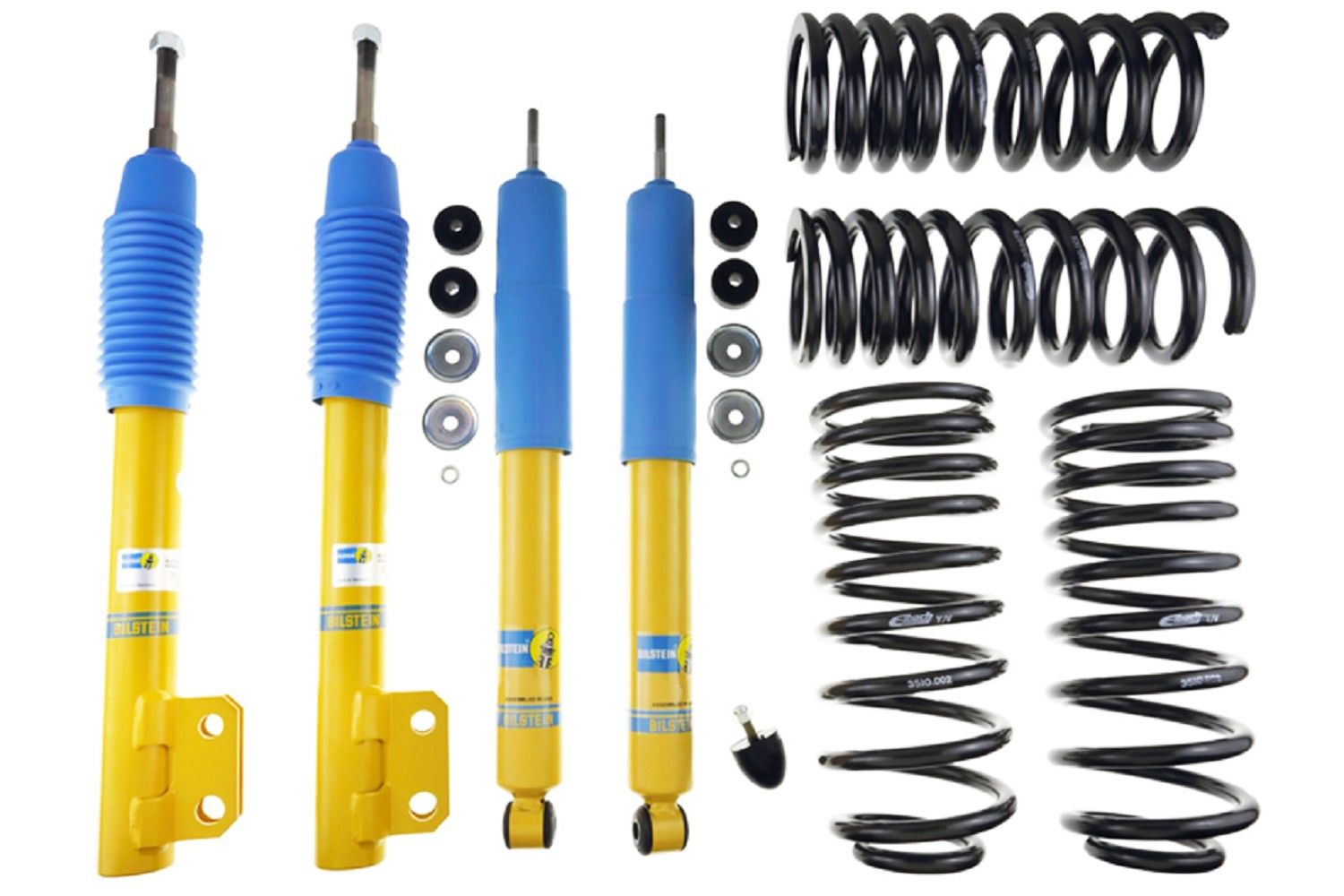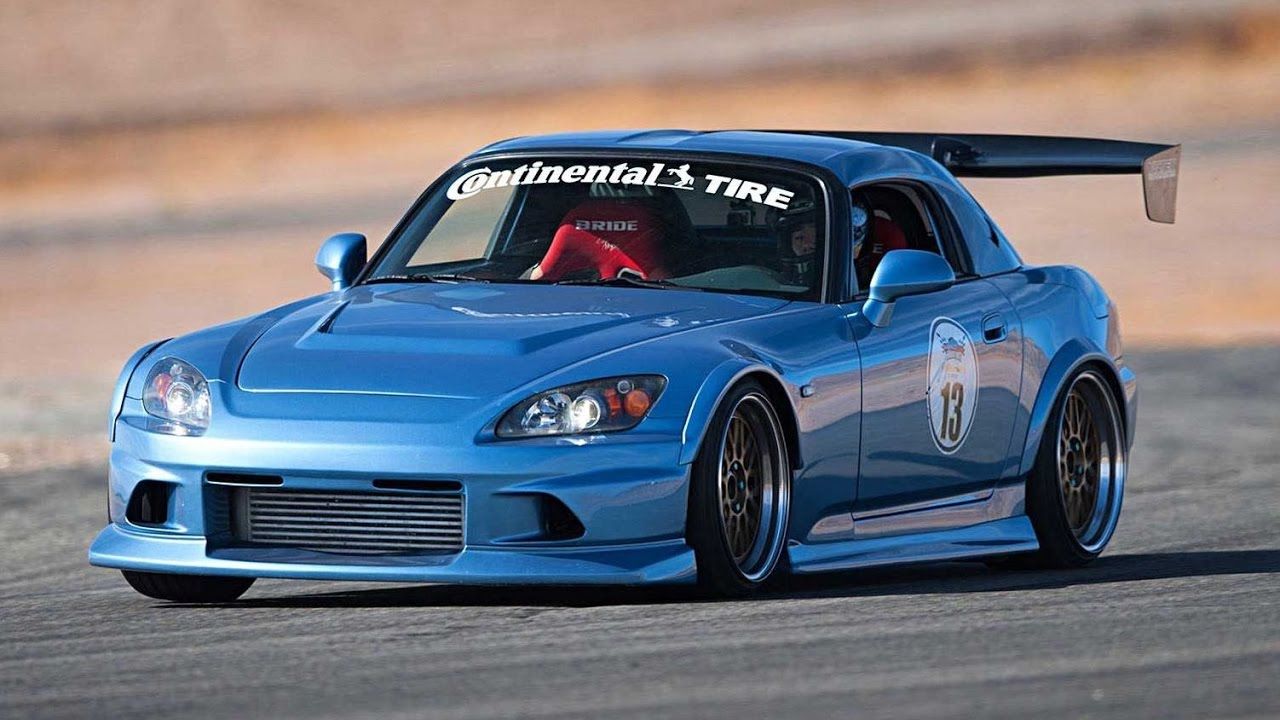
If you've been on a car forum for more than five minutes, then you've seen the "I just bought X car, what are the first performance mods I should do to it?" post. Well, the good news for that person is that the answer is the same for any car. The bad news is that there's a lot of people that think they know it all and will happily hand out some useless or overcomplicated advice. So, we've put together a list of the most effective modifications anyone can do to their car and get actual results.
Before we get to the fun stuff though, it's worth pointing out the first thing to actually do is make sure the car is up to date on maintenance and has been checked through thoroughly to make sure there are no problems lurking around and getting ready to bite your wallet. There's no point dropping a wad of cash making your car go round corners better if a radiator hose is about to crack and dump all the coolant on the road. There's also little point in getting to work with modifications if there's a bunch of worn bushings waiting to defeat any handling improvements.
So, assuming maintenance is up to date, the bushings are all nice and fresh, and the subframe isn't about to fall off the car, where do we start?
Driver Upgrade
Almost every driver thinks they are better than they actually are. Getting some track time with an instructor to teach better car control is incredibly valuable. It's a truism that you can have the most well balanced and finely tuned car in the world, but it's only going to be as good as the person behind the wheel. We've all seen the videos of the highly modified car at a track day making all the noise, only to have someone in a stock S2000 or MX-5 cruise by them through a corner. Nobody wants to be that guy.
Tires
This is literally where the rubber meets the road. All the suspension tuning in the world won't make up for bad rubber touching the pavement. The key to performance tires is to make sure the temperature rating will work for you. Performance tires tend to be called summer tires because once the temperature drops, the compound of the rubber stops working so well. In warmer climates like California, you can often get away with summer tires for all but maybe a month or two of the year but in places with cold winters its worth having a set of all seasons ready to go. All season tires tend to work well down to much lower temperatures but in warmer weather they won't match the performance of summer tires on warmer tarmac.
Brakes
Stopping is as important as acceleration, and the good news is that improving a standard car's braking is straightforward and not too expensive. Forget drilled and slotted rotors unless you want to waste money on looking cool for your Instagram pictures, and instead make sure your rotors are in good condition and are vented. Then, get a good set of street performance pads and a brake fluid refresh. Just be aware that the trade-off for the extra bite when stopping will be more brake dust to clean off your wheels and some extra noise when braking.
You might be tempted by full race pads, but bear in mind they're usually designed to be warmed up and work properly at higher temperatures than your brakes will see in day-to-day traffic.
Suspension
Now the car has better grip and slows down hard, we can work on increasing mechanical grip and improving handling with the suspension. For the pedants, we're going to use the term dampers as a catch-all rather than complicate things with differentiating between struts and shocks. Very basically, the springs in your suspension control the ride height of the car as well as absorb bumps and partly control body roll. The dampers control the speed the springs move up and down at.
The key to playing with the suspension on a car the first time is to research and find a kit that's tuned specifically for the make and model of car you have. Most suspension companies will have a range from outright performance that sacrifices ride comfort completely to different levels of balance between performance and comfort. Before lowering the car, you should check to see if you need additional hardware so the car can be aligned properly after the work is done. Any time suspension is changed, the alignment should be checked and adjusted accordingly.
Custom Alignment
Once the suspension is done, you will need a new alignment. This can't be stressed enough as changing the ride height throws all the existing settings out the window. If you take the car to a normal workshop, they will work from the car's spec sheet and adjust the settings for the wheels to the original specifications. The shop you want though is one that deals with performance cars. If you find the right one, they will ask you questions about where and how the car is driven, then work with you to figure out what will work best for you and your car.
ECU Flash
We're not going to get into the world of modifying engines here as there's a lot of variables and horsepower gets exponentially more expensive the more you add. However, a lot of car makers tend to leave horsepower and torque on the table when they set the parameters in the car's computer. That means it's often worth looking into either a company that makes a hardware kit to plug into the car and flash the ECU with new and proven parameters; or take it to a tuning shop where they will put the car on a dyno and reprogram the ECU themselves depending on the readings.
Both methods can see an improvement in overall power, throttle response and smoothness, extending the rev limiter, and sometimes even better fuel economy if that's what you want. The speed limiter can often also be removed, but it is up to you to check state and federal laws before doing so. Some solid advice with using a kit is to make sure it has the ability to return the settings back to stock.
Stage 2
Once the basics are done, the next steps will affect performance positively when done right and reduce comfort to varying degrees. When done wrong or without understanding how the car behaves already, they can have a negative impact on grip and handling. So proceed with care…
Sway Bars
Also known as anti-roll bars; these are bars on the suspension system that connect the two moving sides together. The end result is that during cornering, forces on one wheel are shared by the other so the car's chassis rolls less through corners, thus keeping some load on the inside tire while cornering and increasing mechanical grip. Cars from the factory often set up to be as safe as possible in terms of understeer and oversteer, so sway bars are a good way of altering the characteristics to suit your driving style.
It doesn't take a lot to change the effect a sway bar has on either end of the vehicle - just a millimeter extra thickness can bring about the desired result. Typically, stiffening the rear sway bar on a front-wheel-drive car will reduce understeer. On a rear wheel drive car a stiffer front sway bar will reduce oversteer but if it understeers then a rear bar will make the handling more neutral. On an all wheel drive car, it gets a lot more complicated but generally, a stiffer rear bar will help reduce understeer and a front bar will help reduce oversteer.
Strut Tower Braces
A strut brace is a bar that connects to the left and right strut tower at either the front or rear of the car. By attaching them together you are reinforcing the frame of the car and reducing flex in the chassis. There's inevitably an immediate impact made on in the car's transitional handling - the speed in which the car changes direction. If you have a factory performance version of a car there may already be one or two installed. The important thing to remember is that whatever you do at one end will change the handling overall.
Adjustable Coilover Suspension
On most production cars, the suspension's springs and dampers are separate units. A coilover is a single unit with the spring wound around the damper. A basic adjustable coilover will allow you to control the preloading of the spring using adjuster nuts to compress or decompress the unit. Most coilovers will have the dampers pre-set to what the manufacturer thinks is needed, but some will also allow tuning of the valves to change the way the dampers control the spring.
Unless you have the tools and equipment to measure and make changes, a specialist shop can install and set your adjustable coilovers up for you.
Additional Notes
The key to modifying and tuning a car is to drive it stock for a while first so you know exactly how it grips and handles. Then you can change just one thing at a time and feel the difference to make sure its what you are looking for. Vehicle dynamics is a hefty subject that people spend a lifetime studying, so be patient and don't be afraid to seek out professionals to do suspension and alignment work.
Warranties are another common issue brought up and, by law, vehicle manufacturers must prove that your modification caused the damage to occur to your car in order to refuse warranty replacement. If your vehicle is under warranty then it's worth doing the due diligence and asking your service adviser at the dealership if the modification you plan could affect the warranty. Service dealers tend to appreciate that as they have to deal with people that just go ahead and void a warranty then come in expecting their mistakes to be fixed on the dealer's dime. Some car companies also have tuning companies they work with and will install their parts for you so the warranty is kept intact.



